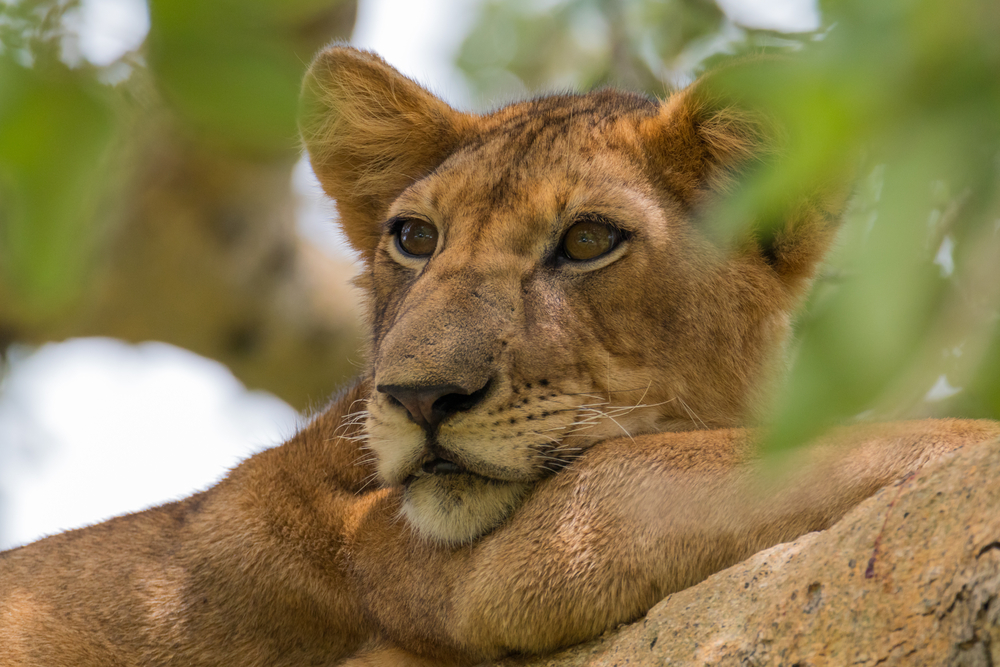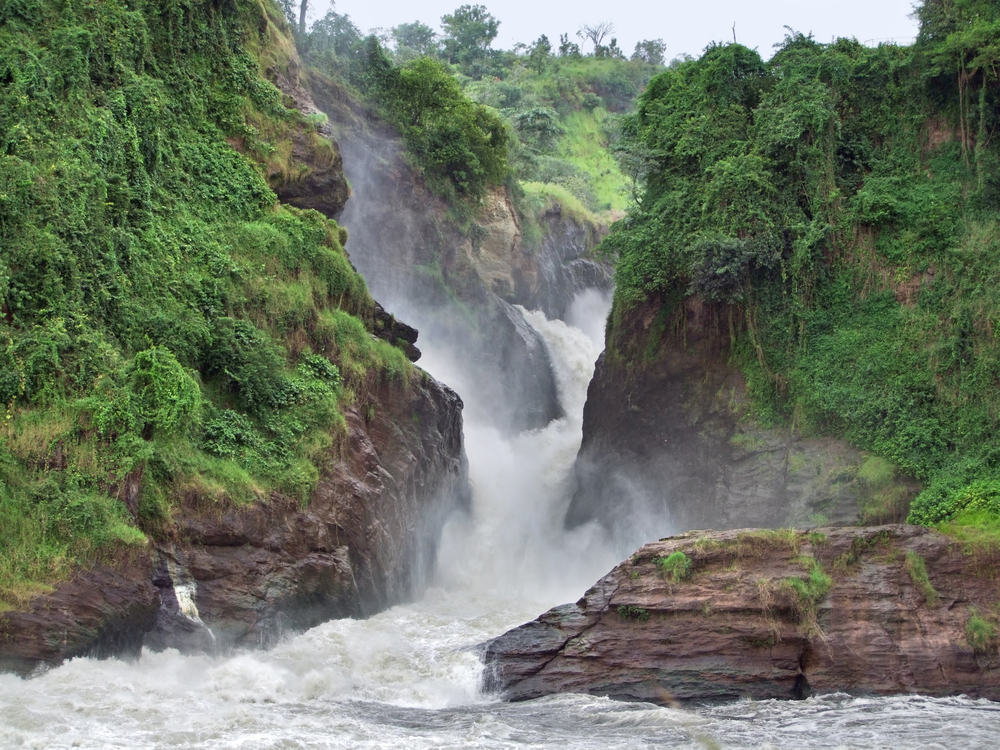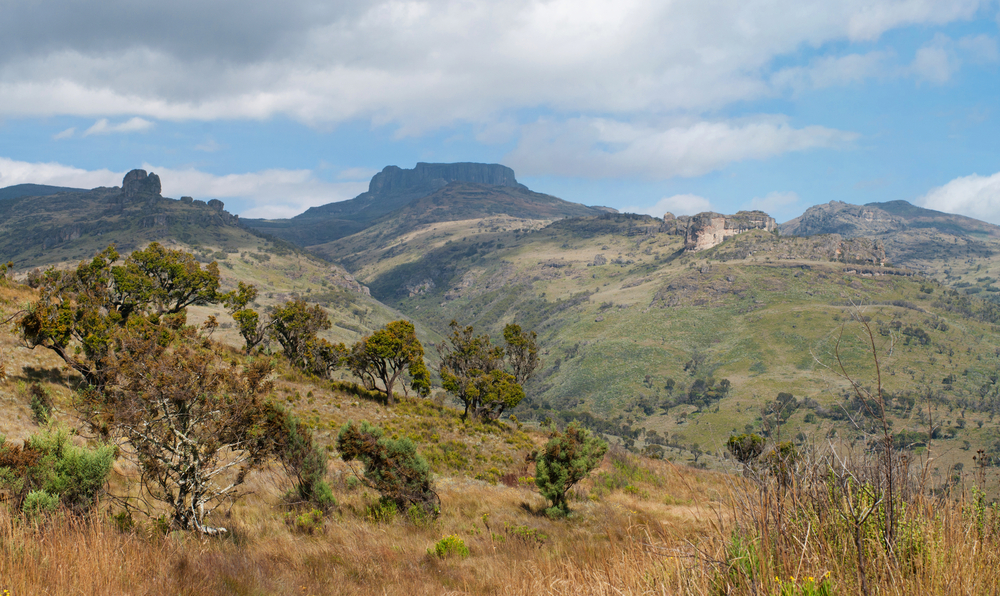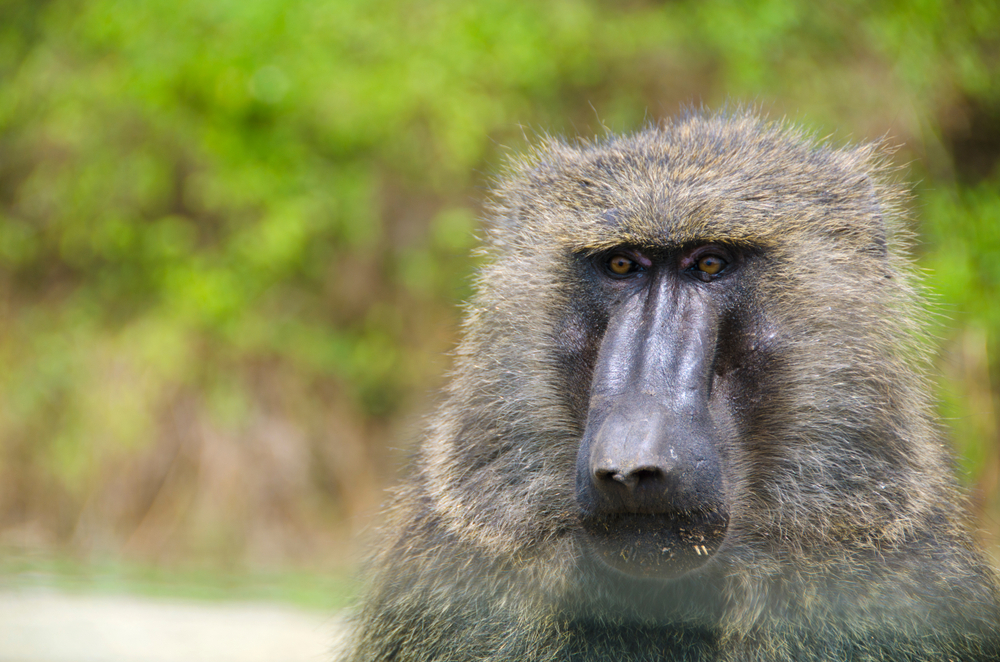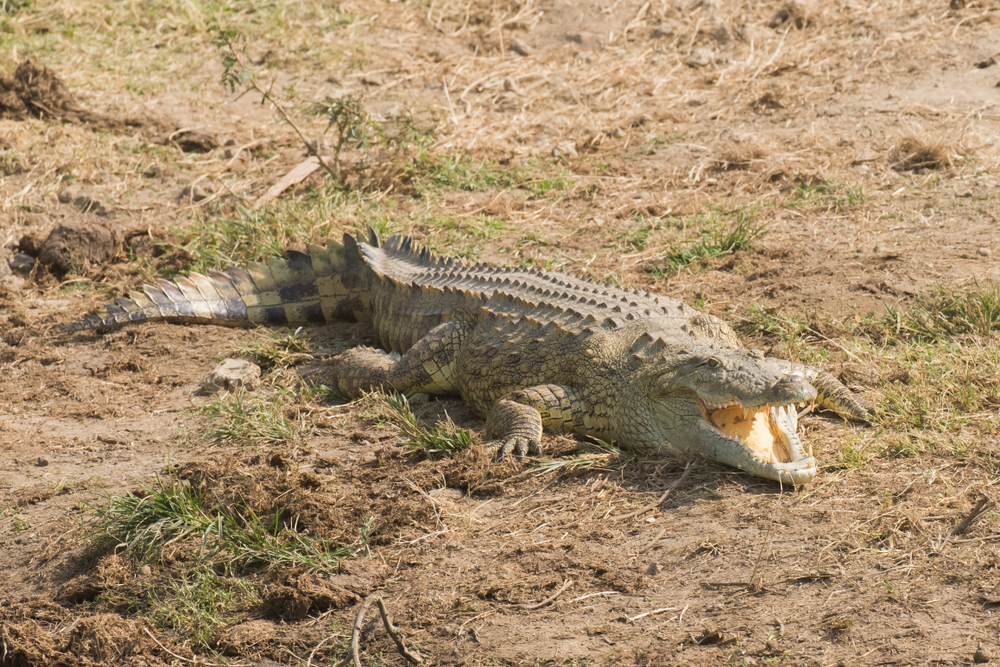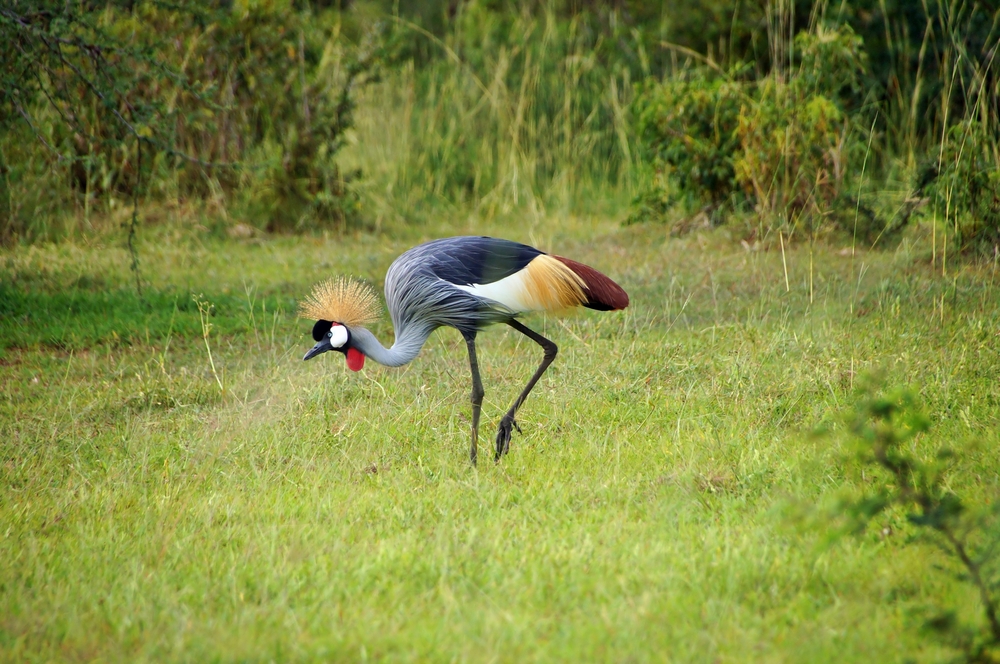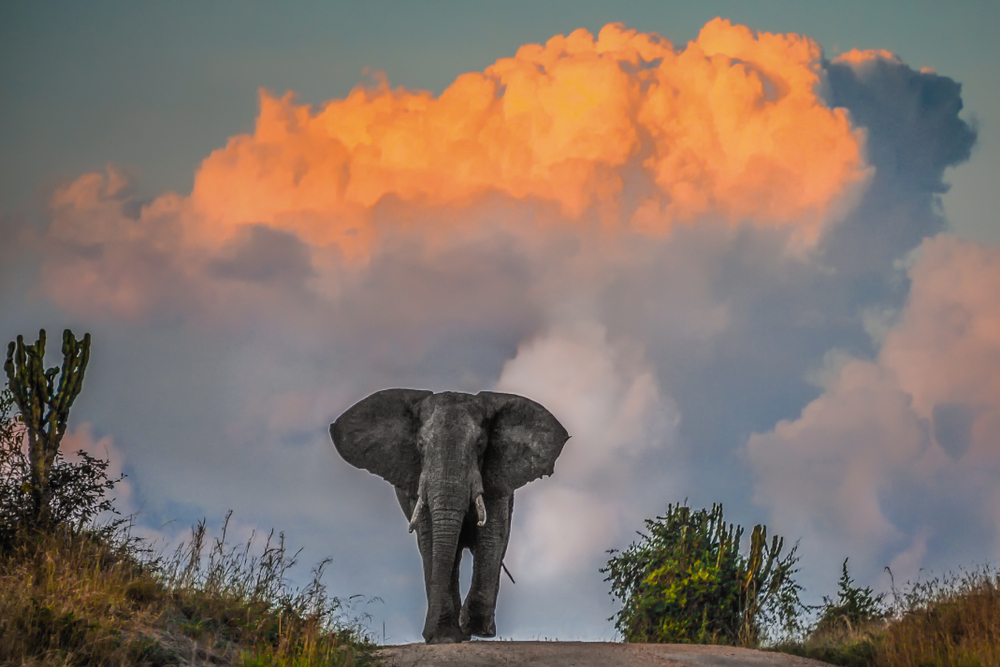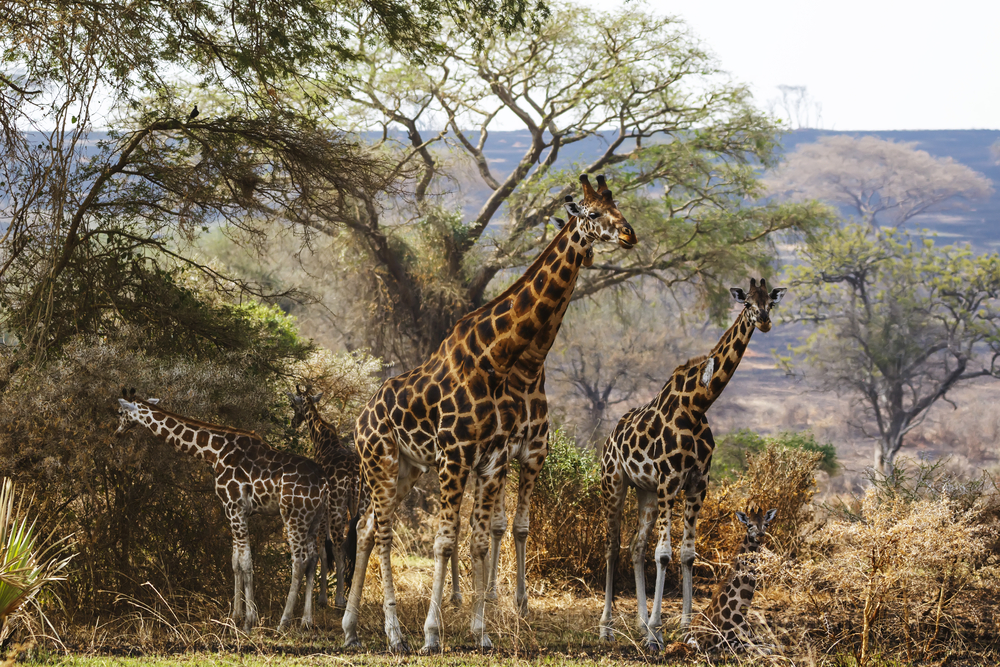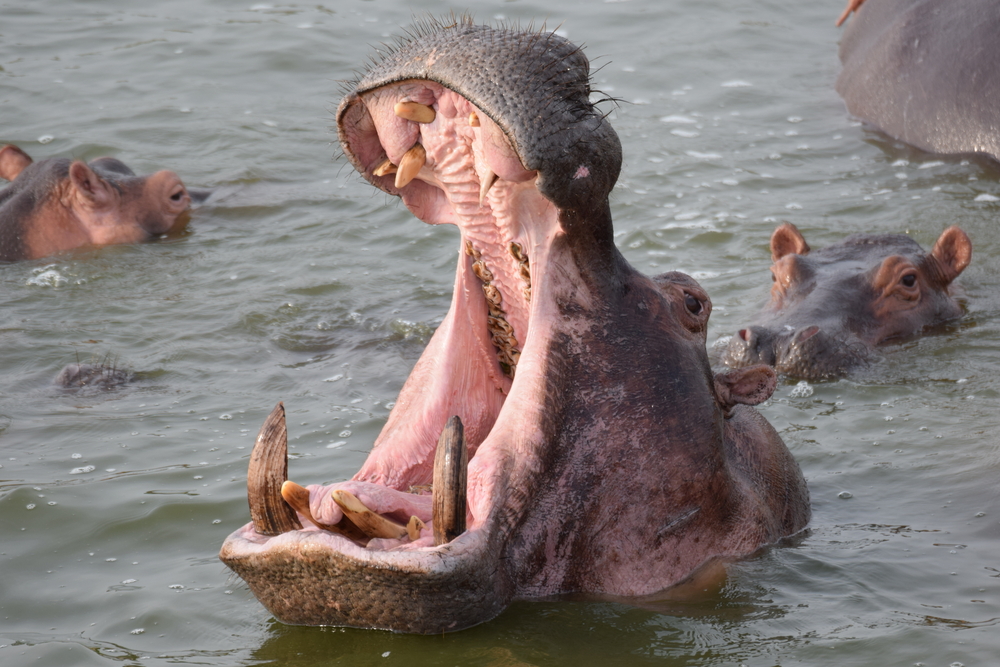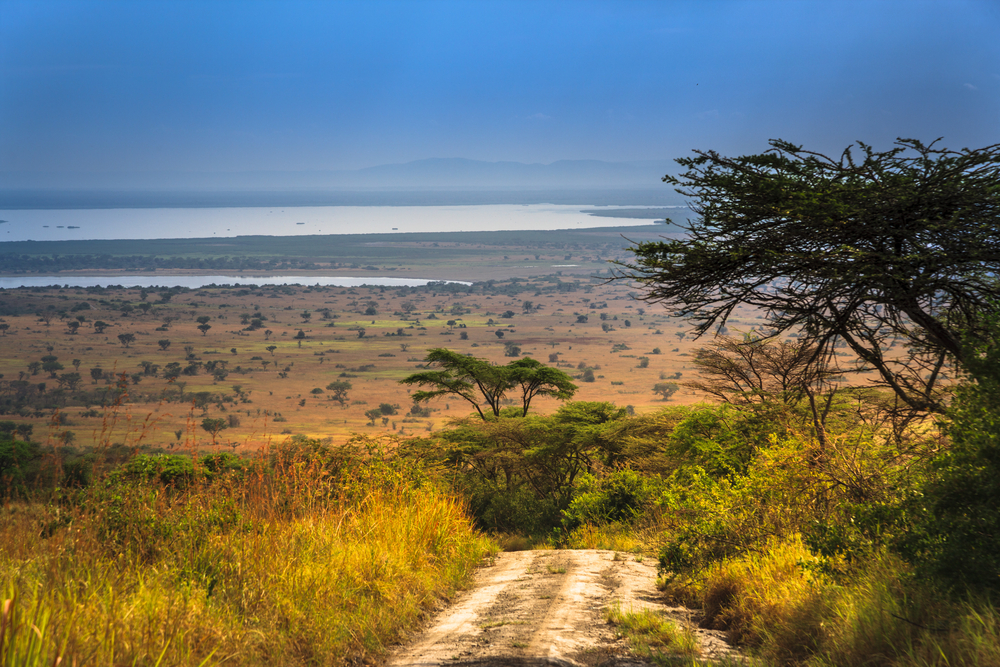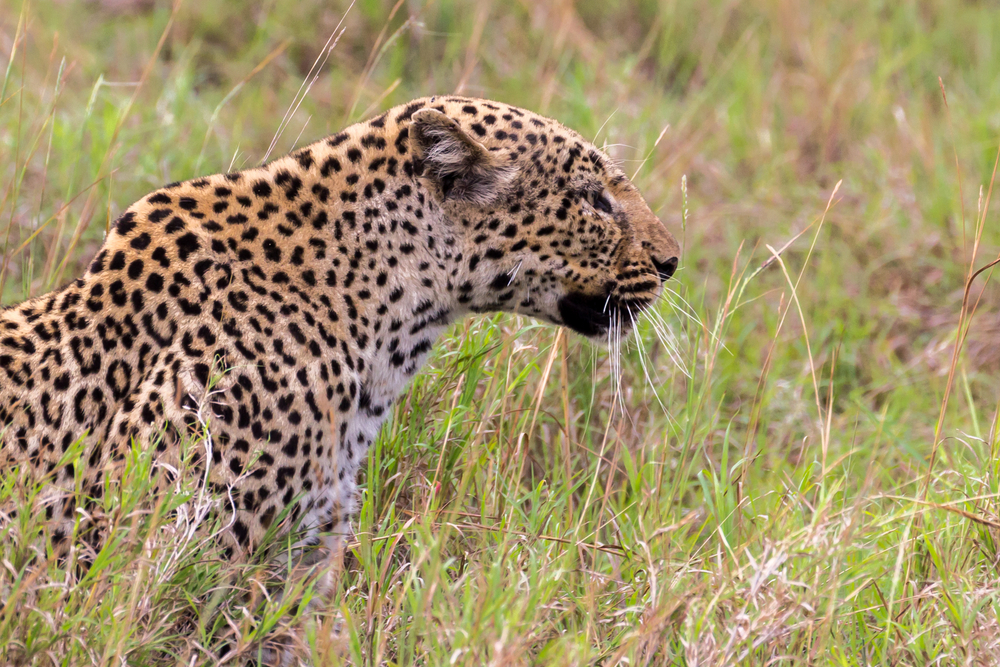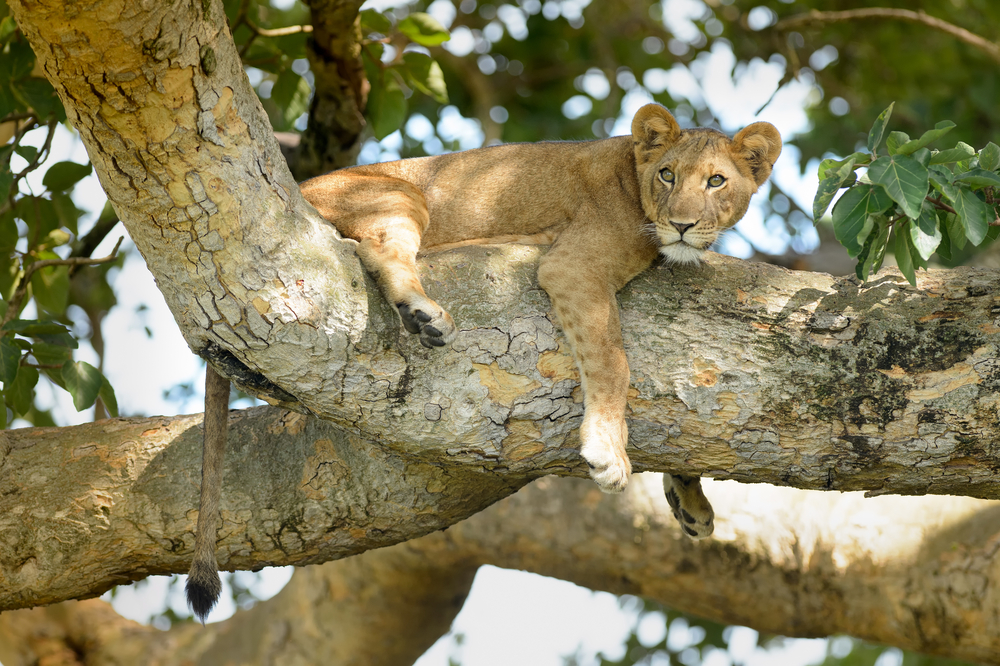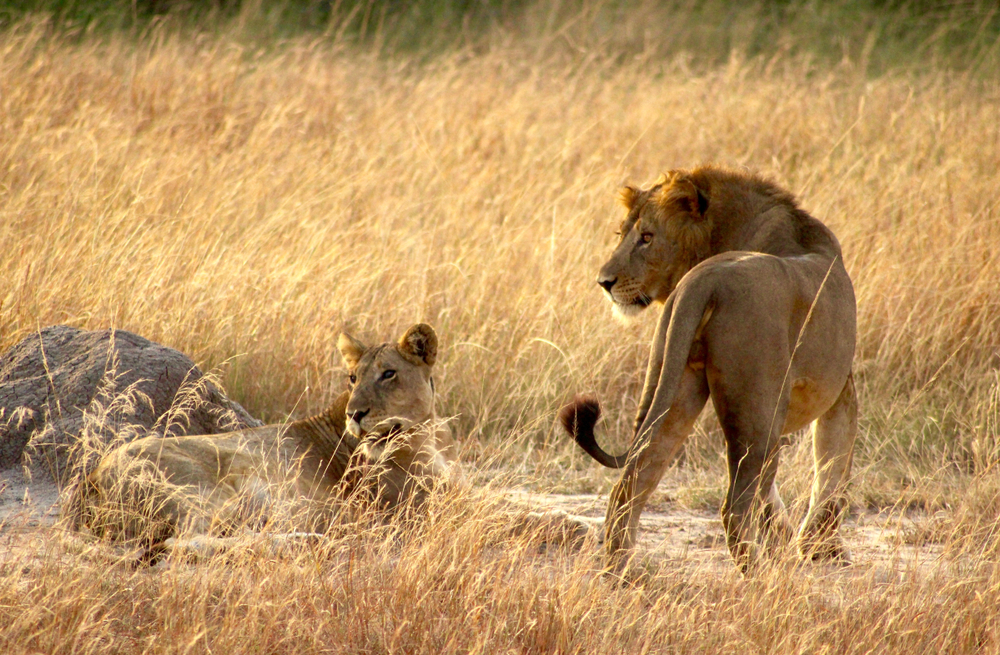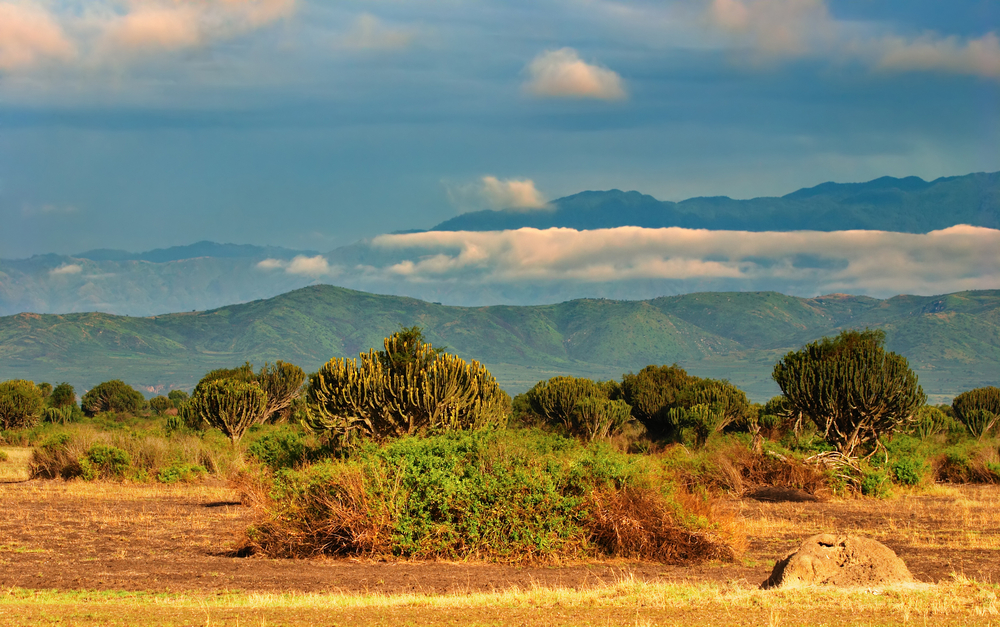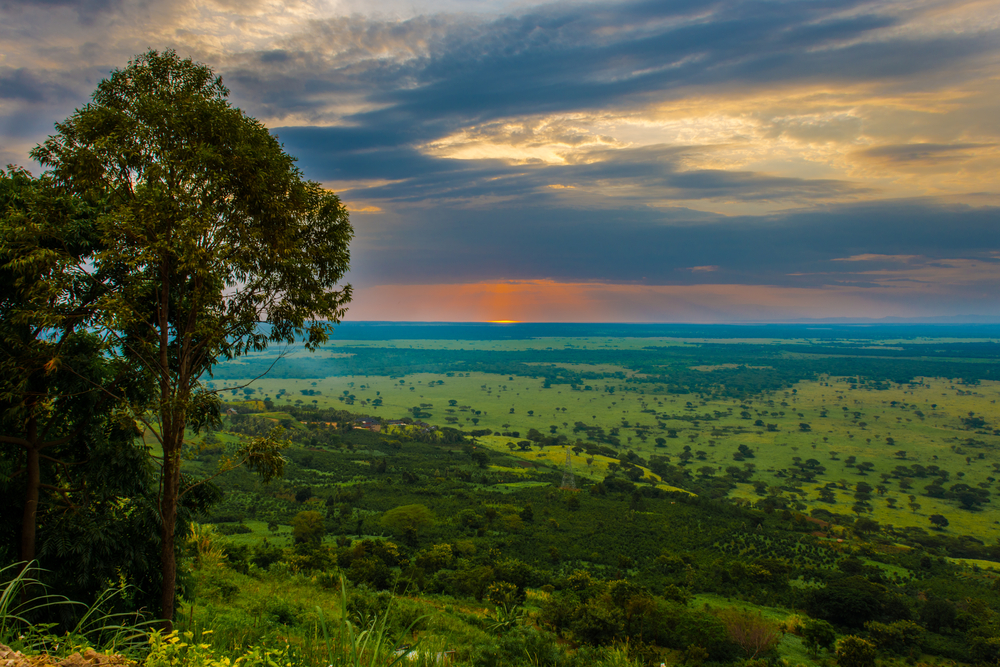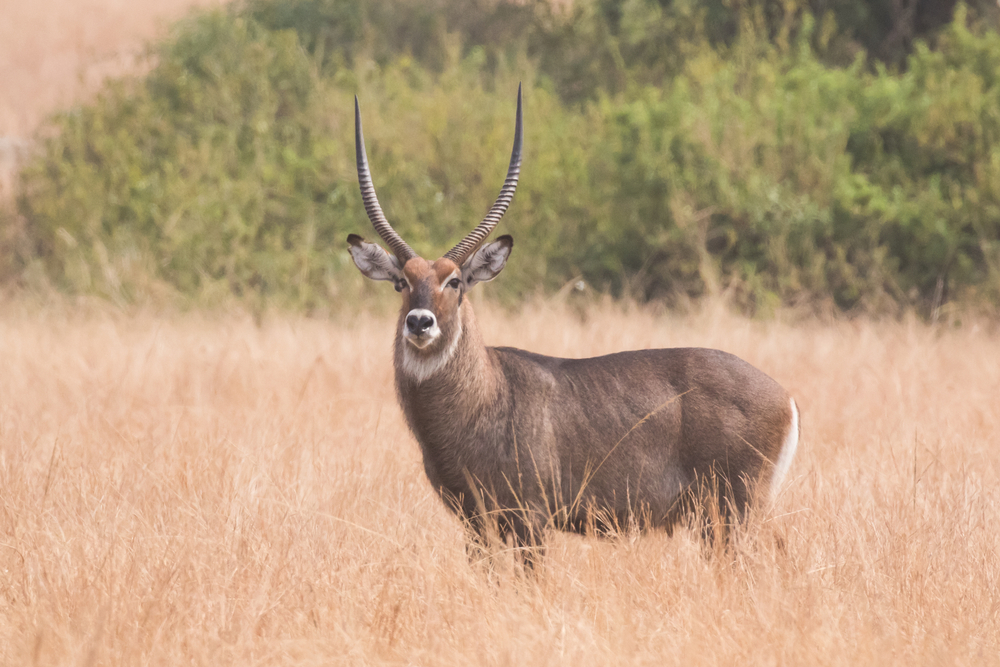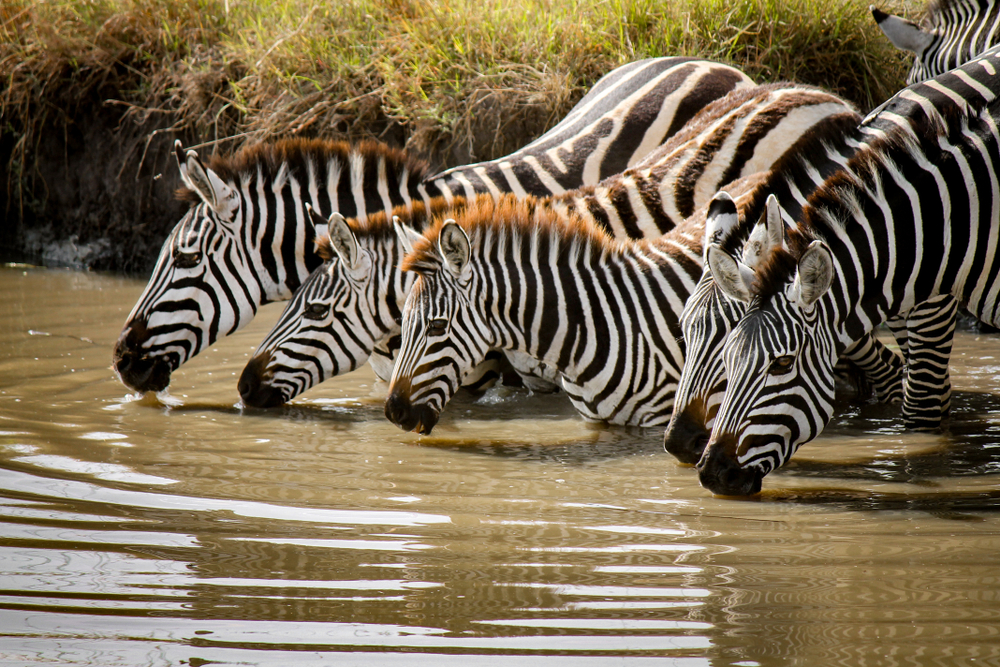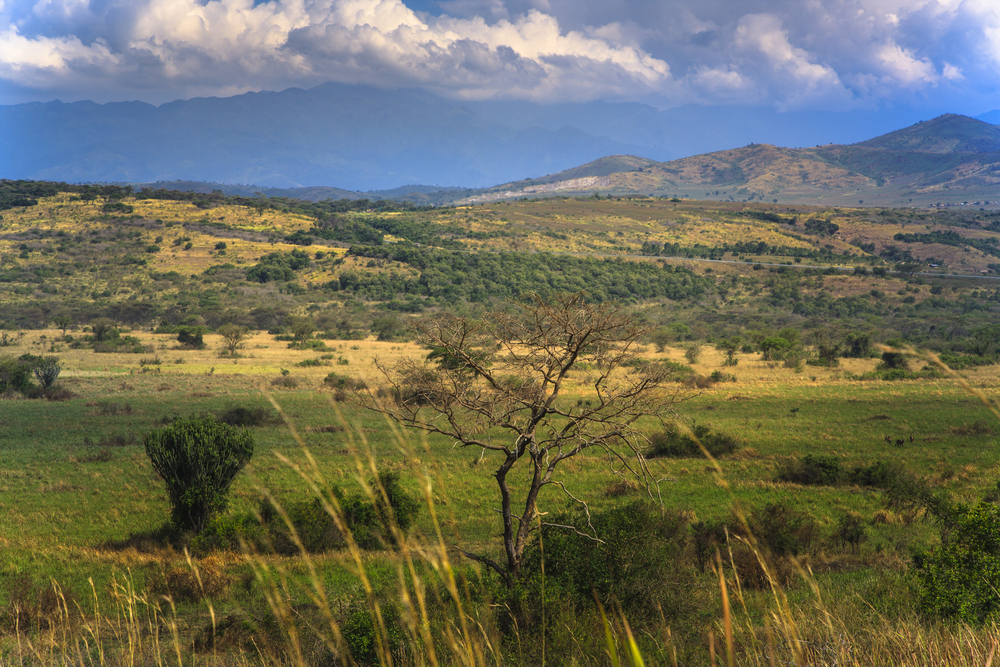Queen Elizabeth Overview
Queen Elizabeth National Park, established in 1952 and originally named Kazinga National Park, is one of Uganda’s most popular and diverse protected areas. Spanning an area of approximately 1,978 square kilometers (764 square miles), the park is situated in western Uganda, nestled between Lake Edward and Lake George, with the Kazinga Channel connecting the two. Its location in the Albertine Rift Valley provides it with a stunning backdrop of mountains and volcanic craters, contributing to its wide range of ecosystems, which include savannah, wetlands, and lowland forest.
This remarkable biodiversity supports a vast array of wildlife, with over 95 mammal species and around 600 bird species, making it a prime destination for wildlife enthusiasts and bird watchers. The park is renowned for its populations of hippopotamus, African buffalo, Ugandan kob, and elephants, as well as for its primate species, including chimpanzees. Queen Elizabeth National Park is also one of the few places in the world where one can see the famous tree-climbing lions, typically found in the Ishasha sector.
Apart from its rich wildlife, the park offers a plethora of unique attractions. The Kazinga Channel boat cruise is a highlight, providing close encounters with a variety of animals as they come to the water’s edge to drink. The park’s diverse landscapes offer scenic vistas, including the expansive savannahs, the dramatic Ruwenzori Mountains, and the numerous crater lakes that dot the region.
Queen Elizabeth National Park’s commitment to conservation and community involvement has been instrumental in preserving its rich natural heritage. Through eco-tourism, the park not only provides unforgettable experiences for visitors but also plays a crucial role in the economic development of local communities and the conservation of Uganda’s wildlife.
With its stunning landscapes, rich biodiversity, and the warm hospitality of the local communities, Queen Elizabeth National Park stands as a testament to Uganda’s natural beauty and conservation success, offering an unparalleled safari experience in the heart of Africa.
Park Map
Queen Elizabeth National Park Highlights
Engaging Queen Elizabeth National Park
Queen Elizabeth National Park Trails
Related National Parks More Uganda
Sources
- Britannica, Queen Elizabeth National Park, https://www.britannica.com/place/Queen-Elizabeth-National-Park, retrieved March 2024.
- Queen Elizabeth National Park, https://www.queenelizabethnationalpark.com/, retrieved March 2024
- Uganda Wildlife Authority, Queen Elizabeth National Park, https://www.ugandawildlife.org/explore-our-parks/parks-by-name-a-z/queen-elizabeth-national-park, retrieved March 2024.
- UNESCO, Queen Elizabeth Biosphere Reserve, https://en.unesco.org/biosphere/africa/queen-elizabeth, retrieved March 2024.








































































